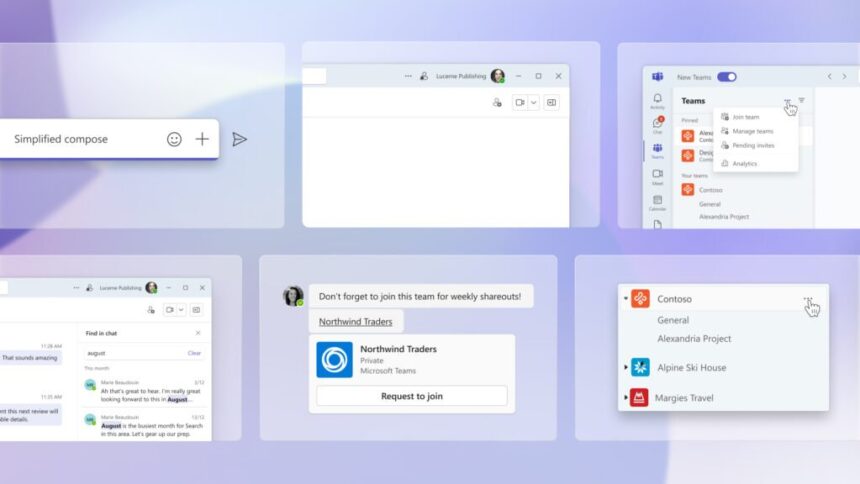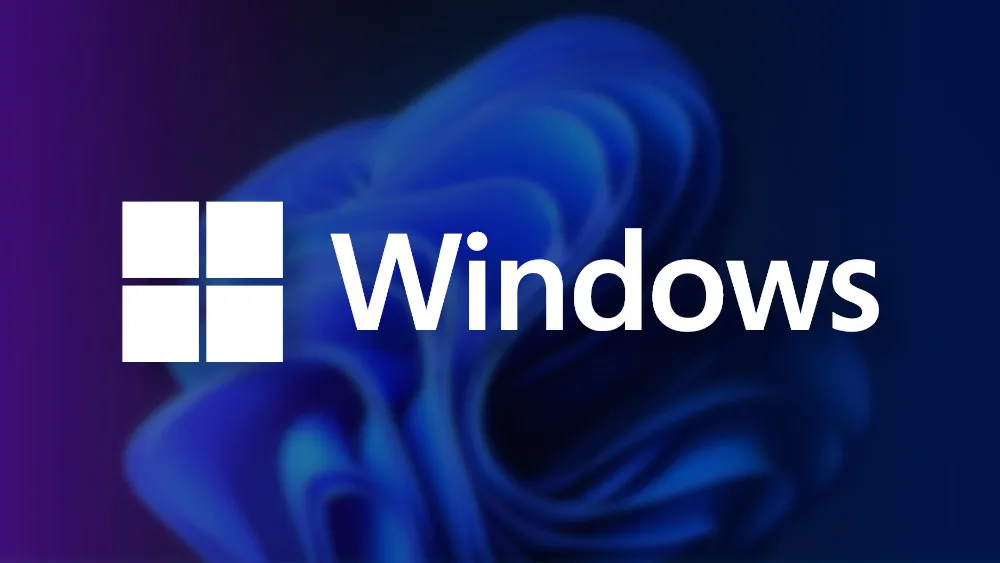Microsoft is making a major infrastructure change to how private channels work in Teams, aiming to simplify compliance and significantly improve scalability. Starting in late September 2025, private channels will transition from using individual mailboxes to group mailboxes, similar to how shared channels currently function.
What’s Changing?
Up until now, each private channel was tied to a separate mailbox assigned to an individual user. This setup made it harder for IT teams to manage compliance policies consistently across the platform.
With the upcoming change, private channels will now use group mailboxes, which brings several key improvements:
- Channel limits expanded: From 30 to 1,000 private channels per team.
- More members allowed: From 250 to 5,000 members per private channel.
- Meeting support: Private channels will now support scheduling meetings, a long-requested feature.
- Simplified compliance: Policies can now be applied at the group level, reducing the burden on IT teams.
Migration Details
Microsoft says the transition will be seamless, with no service disruption for users. Existing private channel mailboxes will remain accessible during the migration, which is expected to be fully completed before the end of 2025.
To prepare for the change, Microsoft recommends that IT administrators:
- Begin applying compliance policies at the group level instead of individual mailboxes.
- Review configurations in Microsoft Purview to make sure compliance policies are inherited correctly.
While existing data in private channels will remain under the current policies tied to individual mailboxes, new data created after the switch will be governed by group mailbox rules.
Why It Matters
This update addresses long-standing feedback from organizations using Teams: the need for greater flexibility and simplified management of private channels. By increasing both channel and member limits, teams can now scale their projects more easily, without running into previous restrictions.
At the same time, IT admins benefit from more centralized governance and easier policy enforcement, helping organizations stay compliant with internal standards and external regulations.
In short, this move is a win for both collaboration and governance—giving users more freedom and IT departments more control.











